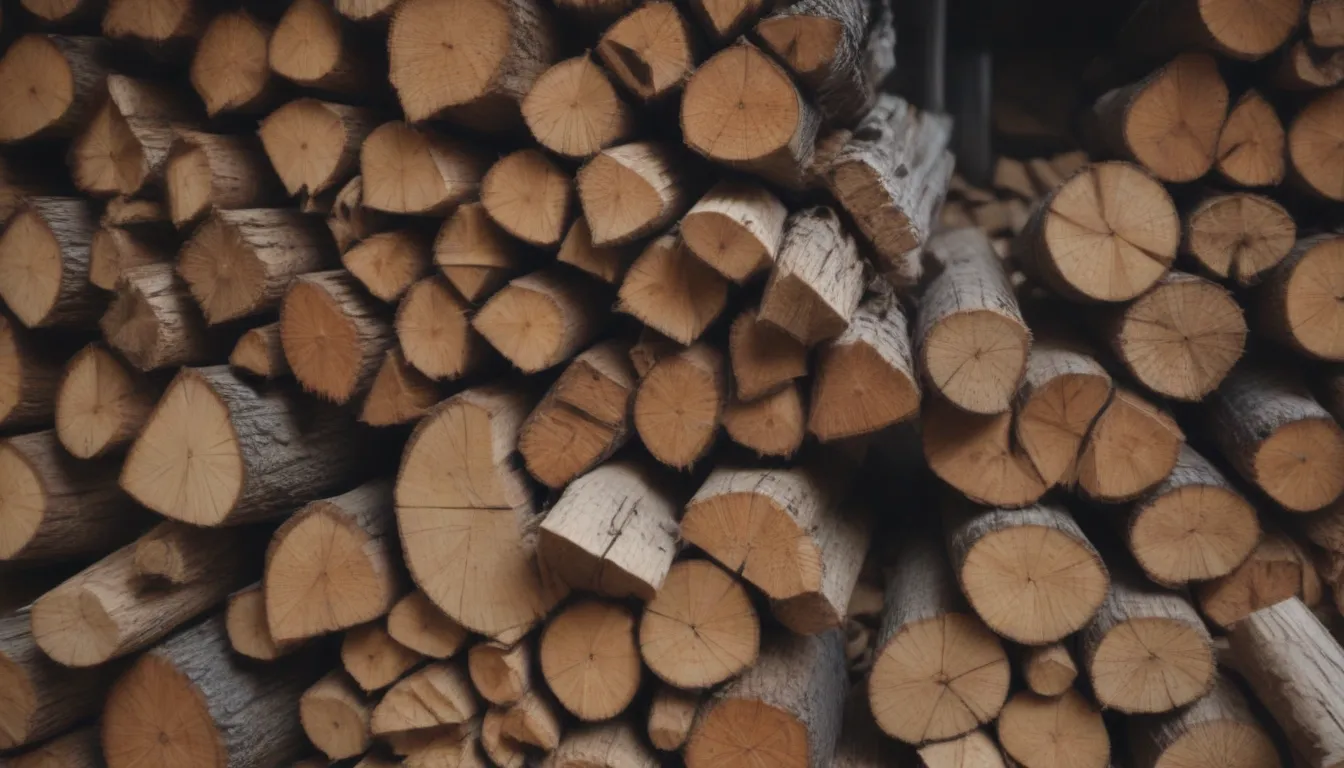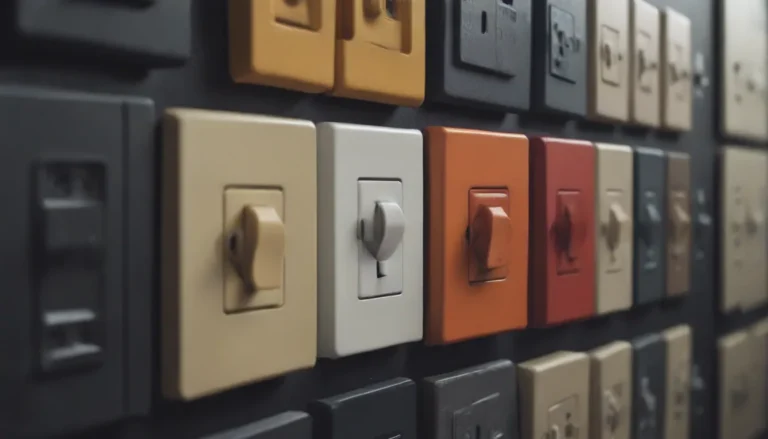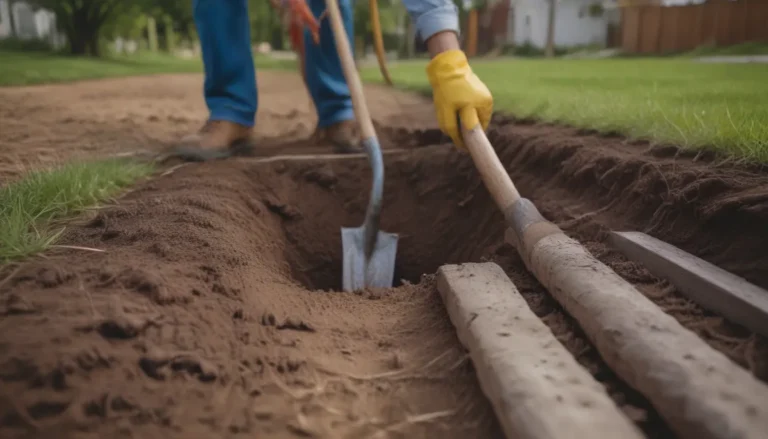The Ultimate Guide to Choosing the Best Firewood for Your Wood Stove or Fireplace

Are you ready to cozy up by the fire and enjoy the warmth and ambiance that a wood stove or fireplace provides? Choosing the right firewood is crucial to ensuring a hot, clean burn that will keep you toasty all winter long. Not all woods are created equal, so let’s dive into the best types of firewood for your needs.
Hardwood Firewood: The Heat Masters
When it comes to hardwoods, you can’t go wrong. Hardwoods such as maple, oak, ash, birch, and fruit trees like apple and cherry are the top contenders for producing a hot, long-lasting burn. These types of wood have low levels of pitch and sap, making them cleaner to handle and burn more completely.
The only drawback with hardwoods is that they can be more expensive than softwoods and may leave clinkers, a hard residue, in the ash. When burning birch firewood, be cautious of the thick inner bark known as the phloem, as it retains moisture and can hinder proper drying. Mixing birch with other hardwoods can result in a cleaner burn with less smoke, reducing the buildup of creosote in your chimney.
Softwood Firewood: Budget-Friendly Options
Softwoods are a cost-effective choice for those looking to save some money on firewood. Fir is the top pick among softwoods, but pine, spruce, cedar, tamarack, alder, and poplar are also common choices. Softwoods burn faster than hardwoods and produce finer ash, but they can be messier to handle and may lead to creosote buildup in your chimney, especially pine, spruce, and balsam.
Comparing Firewood by Heat Energy
To determine the efficiency of different firewood types, we can categorize them based on the heat energy they produce per cord of wood. The best firewoods offer the heat-energy equivalent of 200 to 250 gallons of fuel oil, including woods like oak, hickory, and beech. Other heat energy categories include:
- 150 to 200 gallons equivalent: maple, cherry, and walnut
- 100 to 150 gallons equivalent: pine, spruce, and cedar
Ensure Your Wood Is Dry
One of the most critical factors in burning firewood efficiently is ensuring it is properly dried, or seasoned. Green, or damp, wood produces less heat, more smoke, and increases the risk of creosote buildup in your chimney. To properly store your wood, stack it for optimal air circulation, cover the top only, and make sure it is thoroughly dry before use.
It is recommended to rotate your firewood supply, burning older, dryer wood first to prevent wood rot and waste. Wood with a moisture content of less than 20 percent is ideal for burning, as anything above can lead to poor efficiency and unhealthy air quality.
Woods to Avoid
While salvaged firewood and scraps can be a cost-effective heating solution, it’s essential to avoid certain wood products and items that can pose health and safety risks. Woods like pressure-treated lumber, painted or stained wood, and driftwood can produce hazardous fumes and chimney emissions, as well as damage your stove or lead to creosote buildup.
If you have allergies, be cautious when burning woods like aromatic cedar, as they can trigger respiratory issues. Always prioritize safety when selecting firewood for your wood stove or fireplace.
Wood Burning Safety Tips
To ensure a safe and enjoyable wood-burning experience, follow these safety tips:
- Use a minimal amount of starter paper to ignite your stove to avoid excess creosote buildup
- Check and comply with recommended clearances for your wood-burning appliance
- Install active carbon monoxide and smoke alarms in your home
- Protect flooring with a fire-resistant floor pad during wood stove operation
By following these safety measures, you can enjoy the warmth of your wood stove without worry.
Additional Resources
- Anatomy of a Tree: Learn more about the structure of trees from the U.S. Forest Service
- Cleaning Stovepipes and Chimneys: Tips for maintaining your chimney from the University of Missouri Extension
- Fireplace Fuel: Information on fireplace fuel from the International Association of Certified Home Inspectors
- Best Firewood: Heat Values and Wood-Burning Tips: Reference guide on firewood heat values and burning tips
In conclusion, choosing the right firewood for your wood stove or fireplace is essential for a safe, efficient burn. Whether you opt for hardwoods or softwoods, make sure your wood is properly seasoned and avoid using hazardous materials. With the right precautions in place, you can enjoy a cozy fire all winter long. Stay warm and stay safe!





